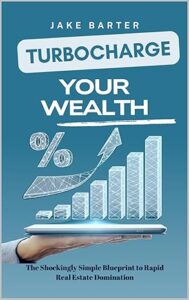The Housing Industry Association (HIA) has raised concerns over the significant financial impact of stamp duty charges on Australian homebuyers and its adverse effects on housing construction investments. The HIA’s Stamp Duty Watch report highlights how borrowers in New South Wales, Victoria, and South Australia can face over $40,000 in additional repayments when financing stamp duty through a mortgage.
HIA’s senior economist, Tom Devitt, emphasized that state-imposed stamp duty results in substantial long-term costs for buyers, especially over a 30-year loan term. In Victoria, for instance, a typical $729,000 home incurs around $38,810 in stamp duty, leading to an additional $48,229 in interest when added to a mortgage at the average variable interest rate.
The national average cost of borrowing stamp duty on a median-priced home is approximately $38,786 on top of the base duty amount. Queensland stands out as the lowest-cost jurisdiction for stamp duty, with a 2.7% charge translating to $21,220 for a $786,000 home, potentially adding around $26,370 in interest over three decades.
Devitt also highlighted the broader economic repercussions, noting that these costs constrain household spending and investment capacity. Buyers may compromise on location and home features, leading to longer commutes and environmental impacts.
The report also touches on the impact of stamp duty surcharges on foreign investors. Since the introduction of additional charges for overseas buyers in 2015, over 500,000 new homes, primarily in the multi-unit sector, have not been constructed. This has contributed to a tighter rental market, with higher annual rent increases compared to projections had those dwellings been built.
Foreign investment in residential real estate has significantly declined, from $60.8 billion in 2014-15 to just $6.6 billion in 2023-24. The HIA is advocating for coordinated reform of stamp duty to bolster housing supply and affordability, as failing to do so could hinder the achievement of the federal government’s target of building 1.2 million new homes by mid-2029 under the National Housing Accord.
According to the National Housing Supply and Affordability Council, there could be a shortfall of 262,000 homes if current building rates persist. The HIA’s call for reform underscores the urgency to address stamp duty-related challenges in the housing market to support sustainable growth and address affordability concerns.
📰 Related Articles
- Report Reveals Australian Music Industry’s $8 Billion Economic Impact
- PRD Report Reveals Top Affordable Australian Regional Markets for Property Investors
- Infoblox Report Reveals Alarming Rise in Australian Investment Scams
- UKHSA Annual Report Reveals Rising Infectious Disease Trends
- The Impact of Bizarre Crime in Atlanta: Real Murders Series Reveals Haunting Case

 Turbocharge Wealth
Turbocharge Wealth Stock Market
Stock Market Homeowner’s Code
Homeowner’s Code





 Home Loan Handbook
Home Loan Handbook McDonald’s Monopoly
McDonald’s Monopoly Rattle the Market
Rattle the Market